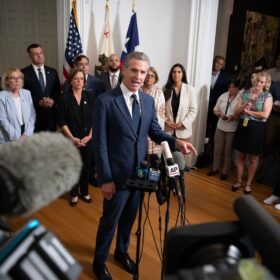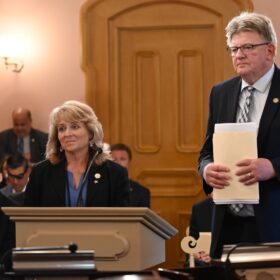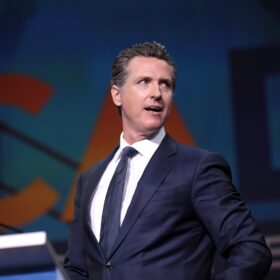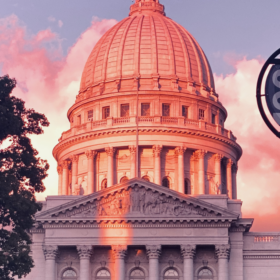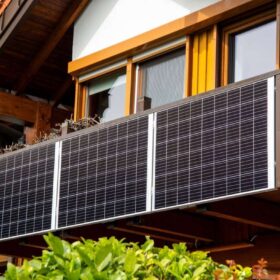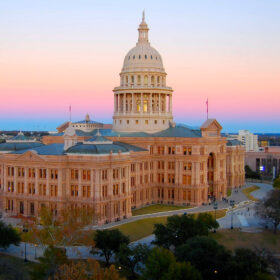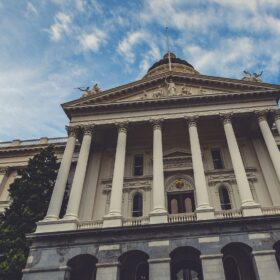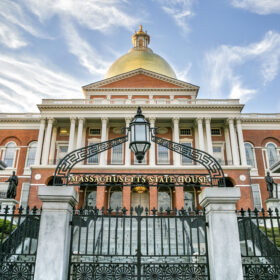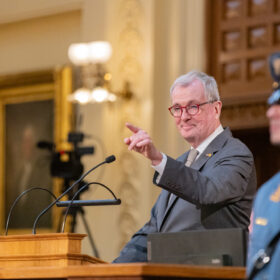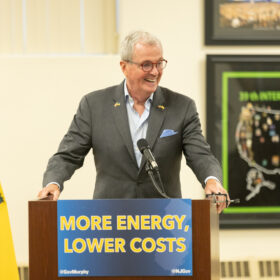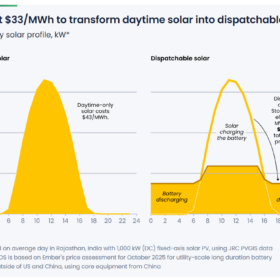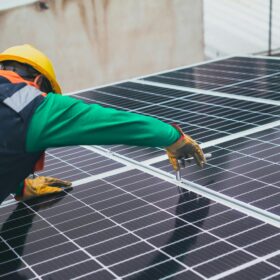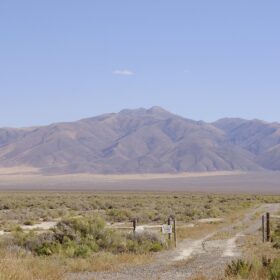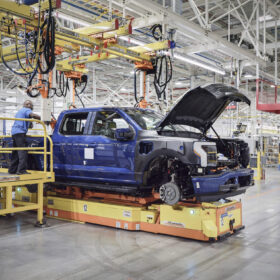Newsom vetoes another bill to curb California’s rising energy demand
Gov. Newsom said the virtual power plant bill would not have improved electric grid reliability planning because it did “not align with the California Public Utility Commission’s Resource Adequacy framework.”
Republicans could legalize community solar in Ohio soon, but with a caveat
Ohio lawmakers picked up legislation that ran out of time during last year’s session, this time changing the proposed “community solar” pilot to “community energy.”
Newsom strikes down bill to help reduce electric demand despite unanimous approval
Gov. Newsom said the bill would not have improved electric grid reliability planning because it did “not align with the California Public Utility Commission’s Resource Adequacy framework.”
Wisconsin Republican lawmakers push for community solar bill after utility pushback
Community solar advocates are hoping third time’s a charm as Republicans work on a new community solar bill, revamping it with considerable changes.
Plug-in solar legislation momentum spreads to Vermont
Germany has decked its balconies with plug-in solar panels for years. Following Utah’s legislation to make plug-in solar accessible, Vermont is preparing for a bill to do the same.
State solar policy on the frontlines
For a couple months every two years, every state’s legislative session align, and this year, energy policy dominated many states’ sessions. In regulated energy markets, advocacy groups crusaded against utilities that were relentless to not lose any of their monopoly share to clean energy.
Virtual power plant legislation lay in Gov. Newsom’s hands after sailing through California Assembly
California lawmakers passed two bills that aim to facilitate how the state and its utilities handle virtual power plants.
Massachusetts finalizes SMART 3.0 following emergency solar regulations
The new solar incentive program contains a built-in mechanism for responding to market shifts, and addresses implementation challenges to ensure site selection and energy storage can achieve their intended policy goals.
New Jersey moves to increase energy storage to rein in costs
In conjunction with a separate bill to increase community solar projects, New Jersey Gov. Murphy signed legislation into law that will increase the state’s energy storage without new costs for ratepayers.
New Jersey to expand community solar by 3 GW
With skyrocketing electric rates, New Jersey Gov. Murphy signed a new law to more than triple the capacity it currently has online and in the pipeline.
